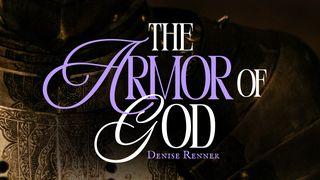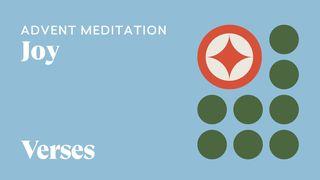Reconsidering The Lord's SupperSample

Meals and the Visual Kingdom
In Luke’s account of the Last Supper, he refers to two distinct cups that are used, a detail that is unique to him. We know that the tradition of the Jews was to take 4 cups at the Passover, one for blessing, one for explanation of meal’s meaning; one for the meal proper, and one for the conclusion. But why two cups here?
Jesus stands before his disciples and paints a new kingdom inaugurated by a raised cup. This is a truly visual scene that the original audience would have understood. At typical Greek feasts, the host would raise one cup to begin their meal, and raise a second one half way through the meal to hail Caesar as King. As Christ artfully raises the cup, he follows this tradition, hails himself as King, indicts Caesar, and makes known that his subversive order reaches all the way back into creation itself. Jesus’ inclusion of both Jewish and Greek tradition is intentional, for it also paints a picture of the two (Gentile and Jew) becoming one in one man (EPH 2:11-17).
Why is this important? It’s crucial, because many in church today spend their time arguing over what happens to the bread and to the wine in communion. We divide over what the elements are doing. However, Jesus seems to be more concerned with what the meal is showing. He seems more concerned with his mission on earth amongst his disciples. His last stand as fully-God/fully-Man is to make sure that the DNA of the Garden, the Soil, the Family, and the Meal makes its way into how the next phase progresses. We will see that Christ’s intention is that the meal be the method of kingdom advancement henceforth.
As we meditate on what this might mean for “how we do church today,” let’s consider the Lord’s Supper as being much more than something observed in a five minute span over a wafer and juice cup. If our view of the Lord’s Supper is really this small, we’re missing the imagery that points toward the fullness of the gospel. Christ came to save sinners, but also to restore creation, and bring family and garden together again.
Scripture
About this Plan

The Lord's Supper is an aspect of Christian life that we are all familiar with, or are we? Learn how to grow in creativity, community, and Christlikeness through the Lord’s Supper.
More
Related plans

Powerhouse: Your Toolkit for a Supernatural Life

Walking With God Through Cancer

Freedom Through Forgiveness

The Revealed Will of God

The Armor of God

Written in Heaven: His Story, Our Lives

Advent Meditations: Joy

The Guilt Strip: Time to End the Guilt Trip

Advent Meditation: Hope
